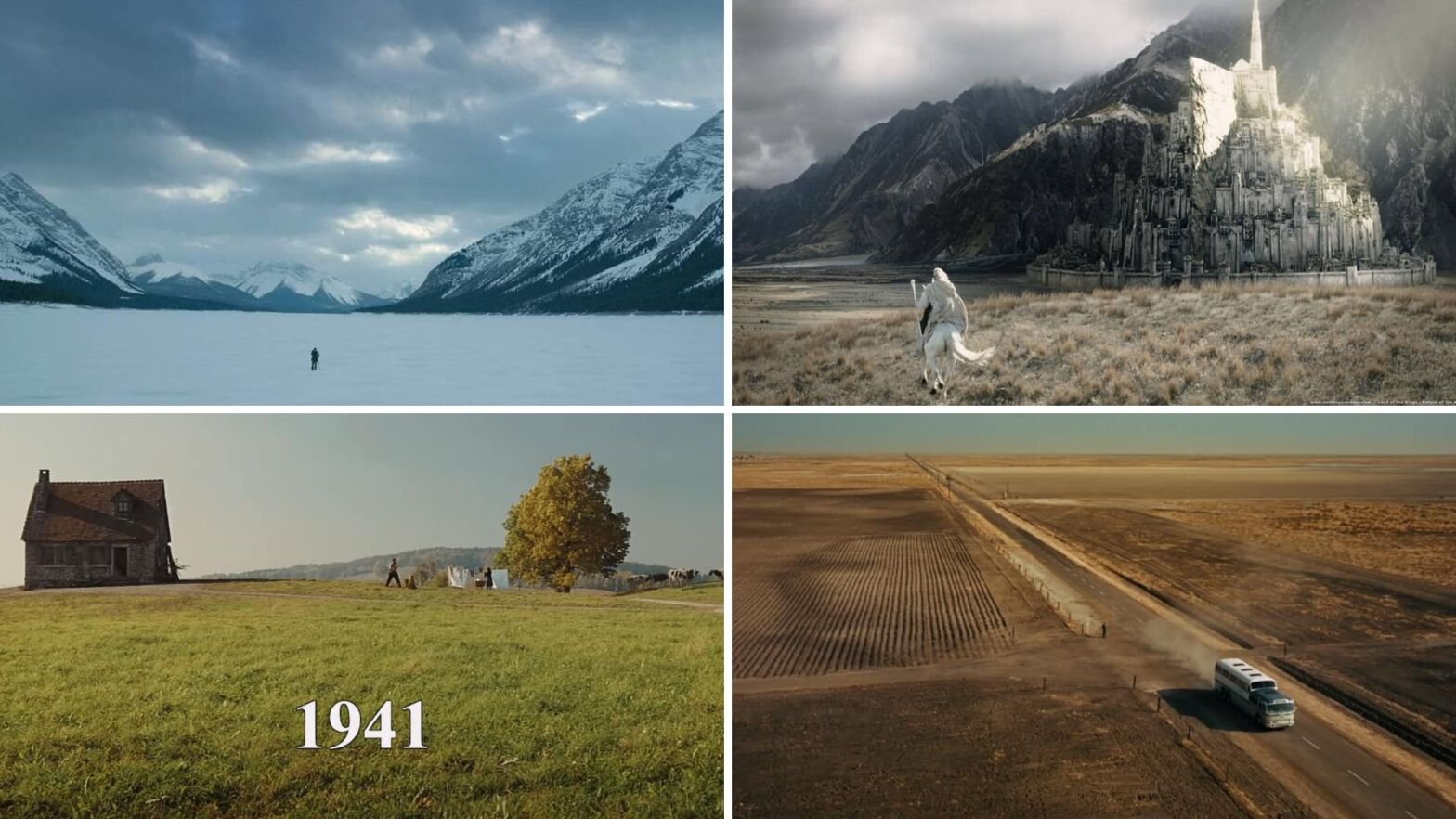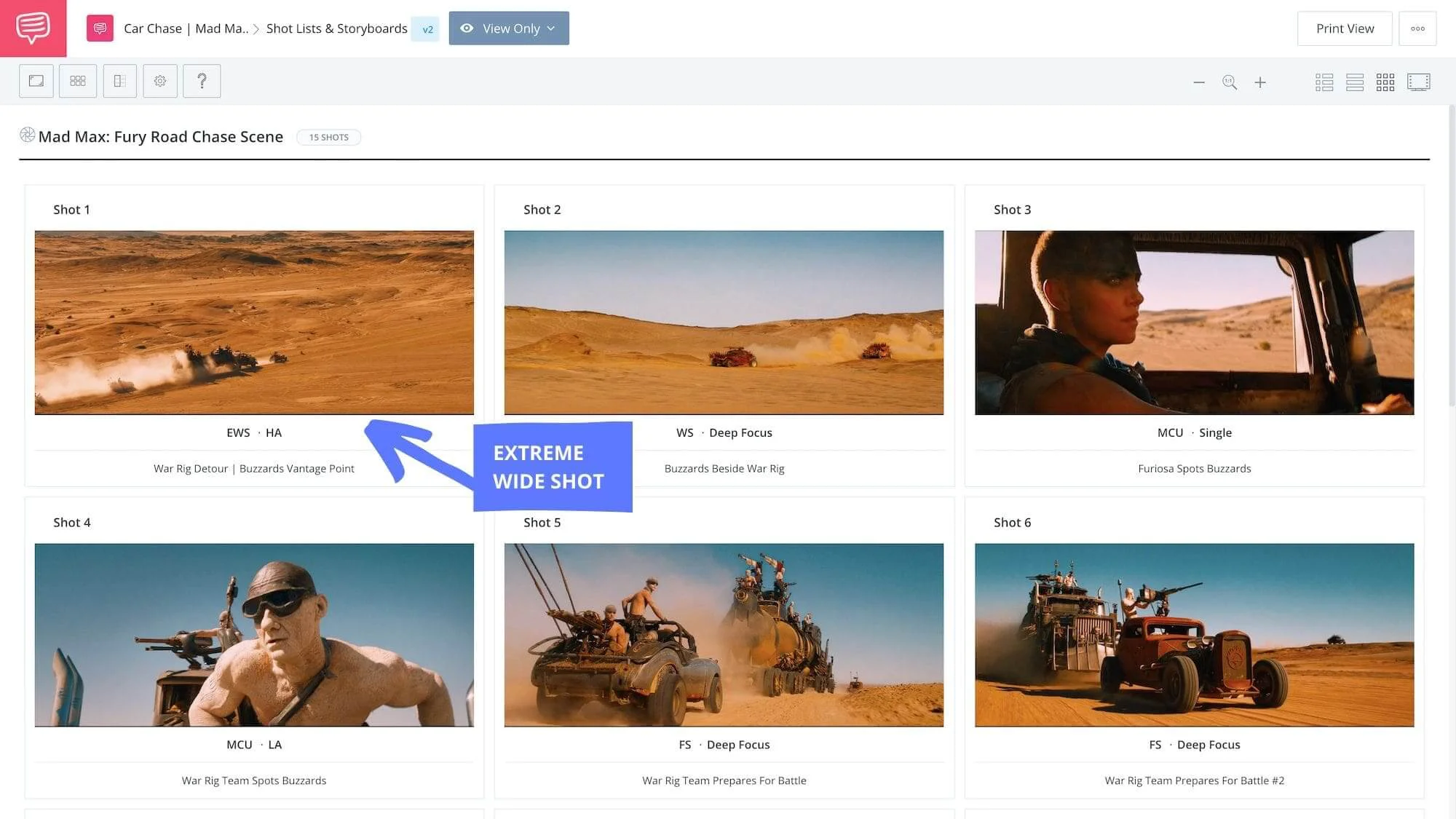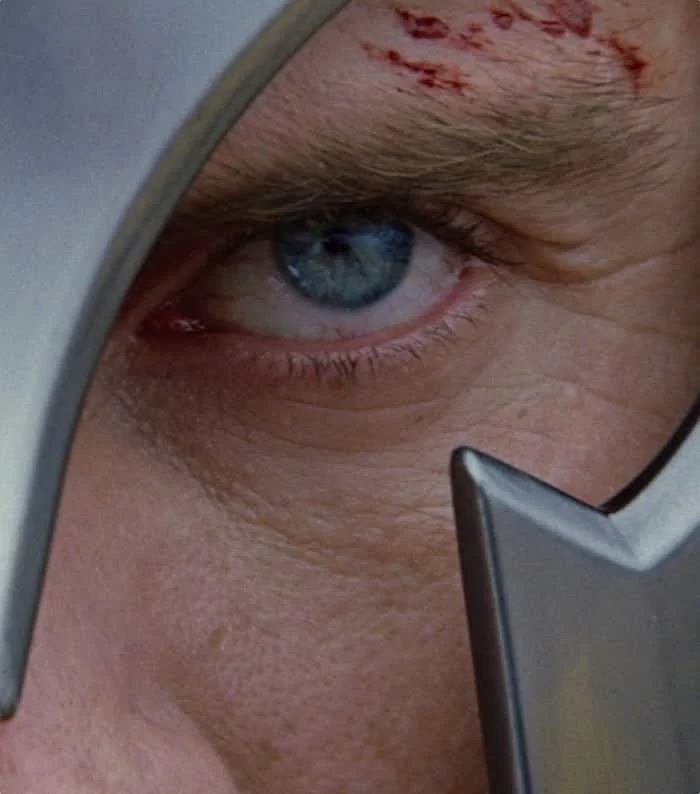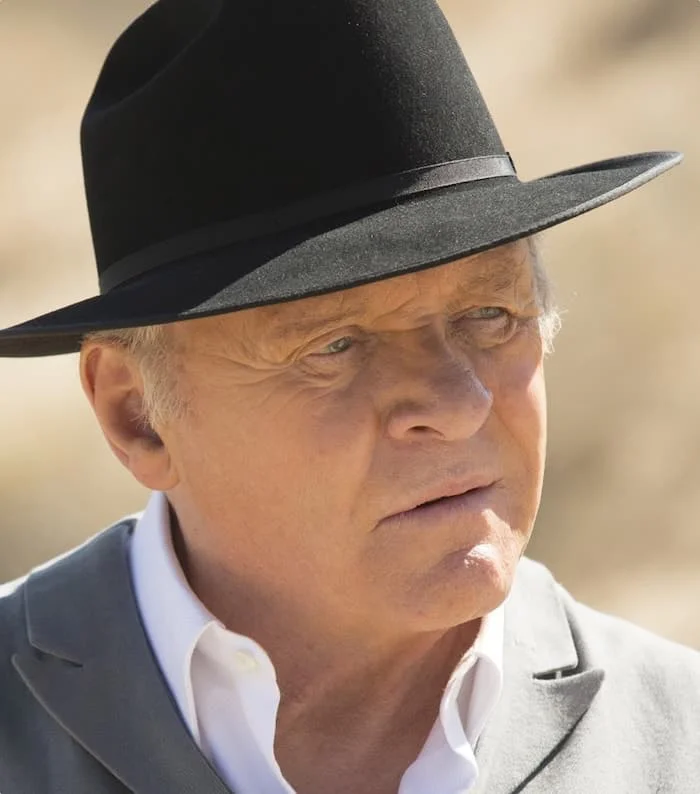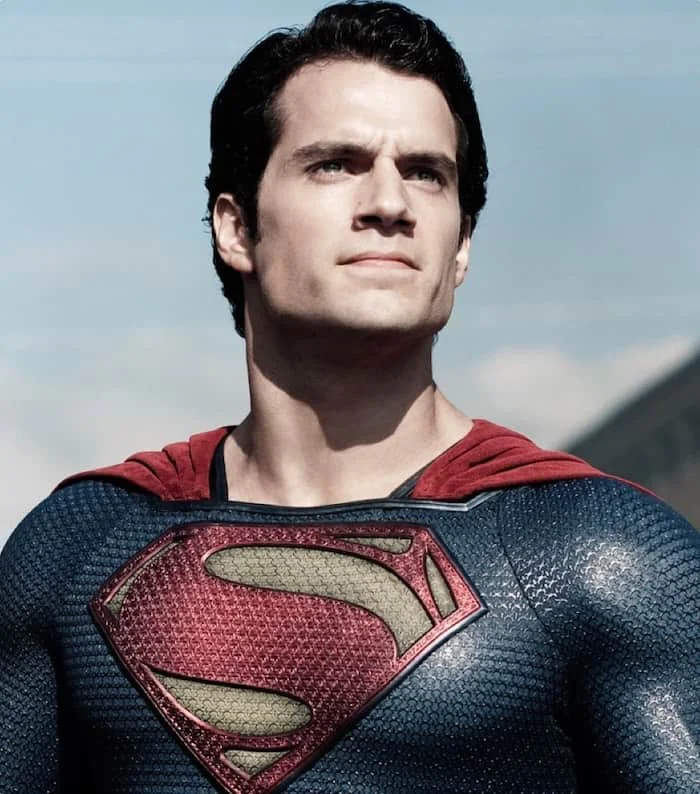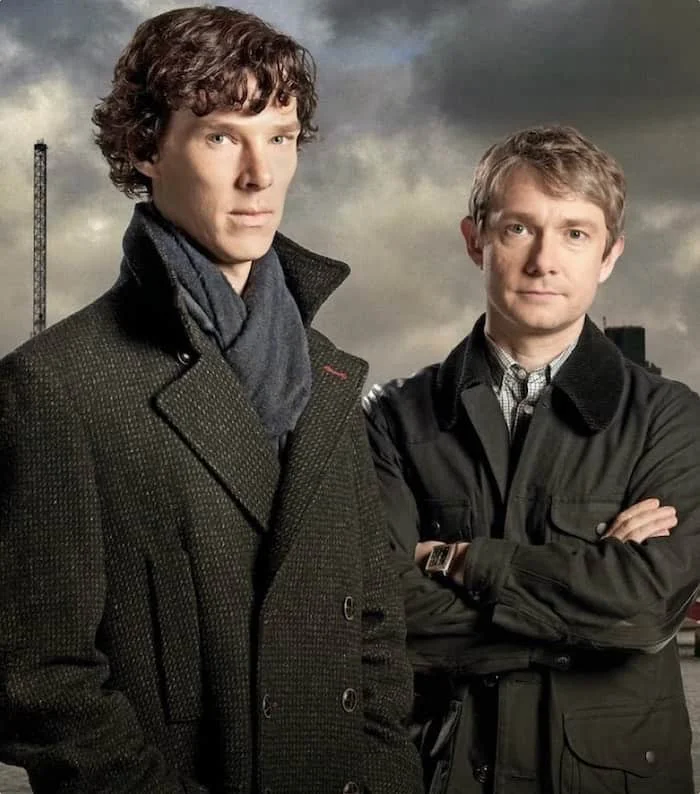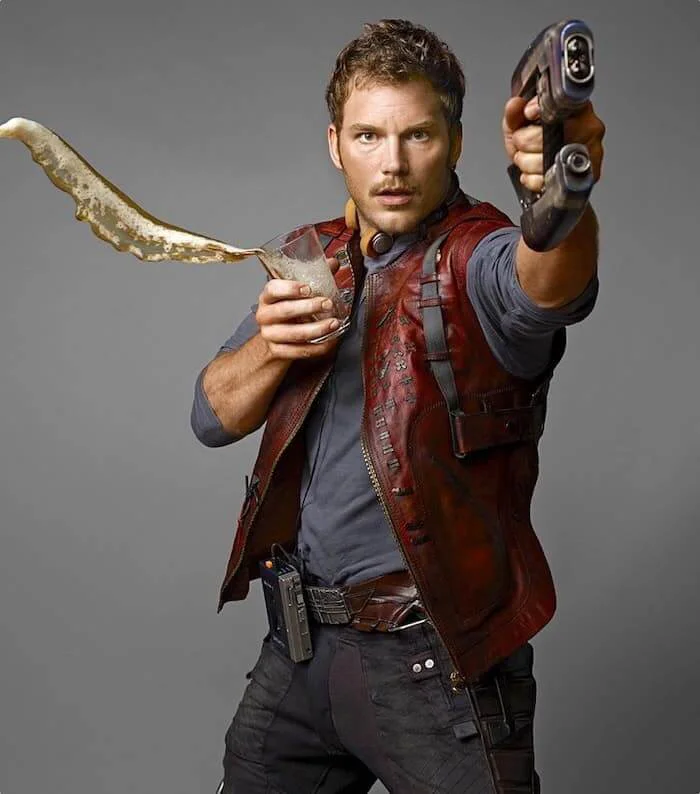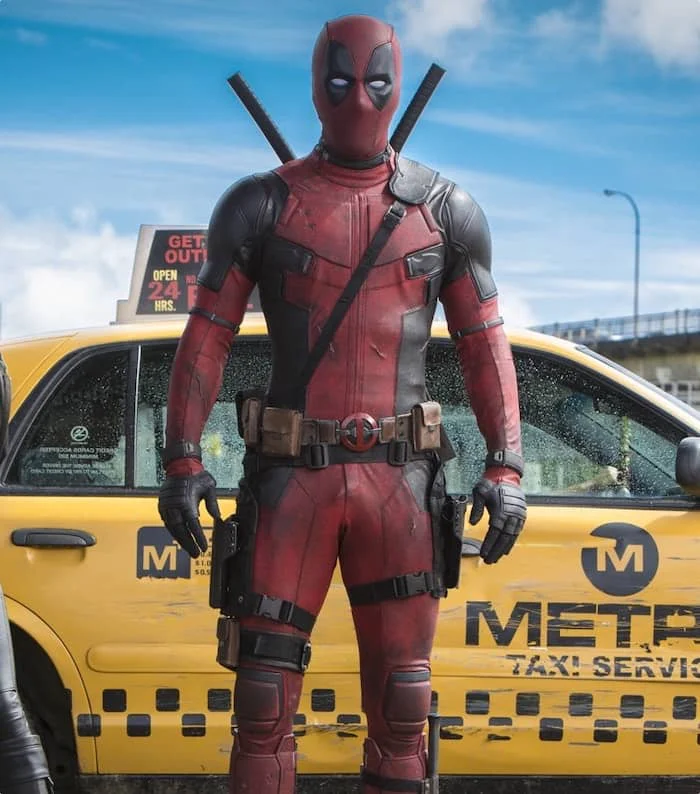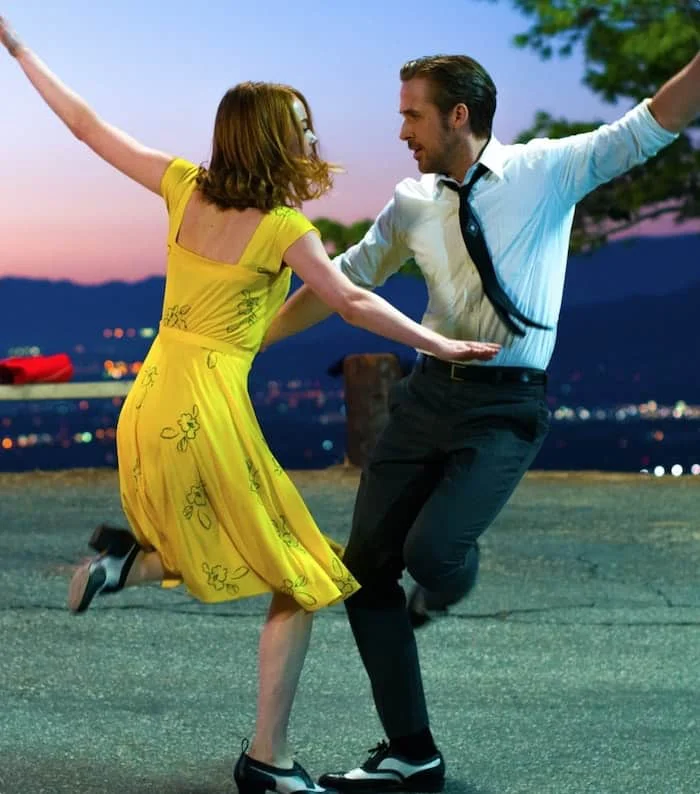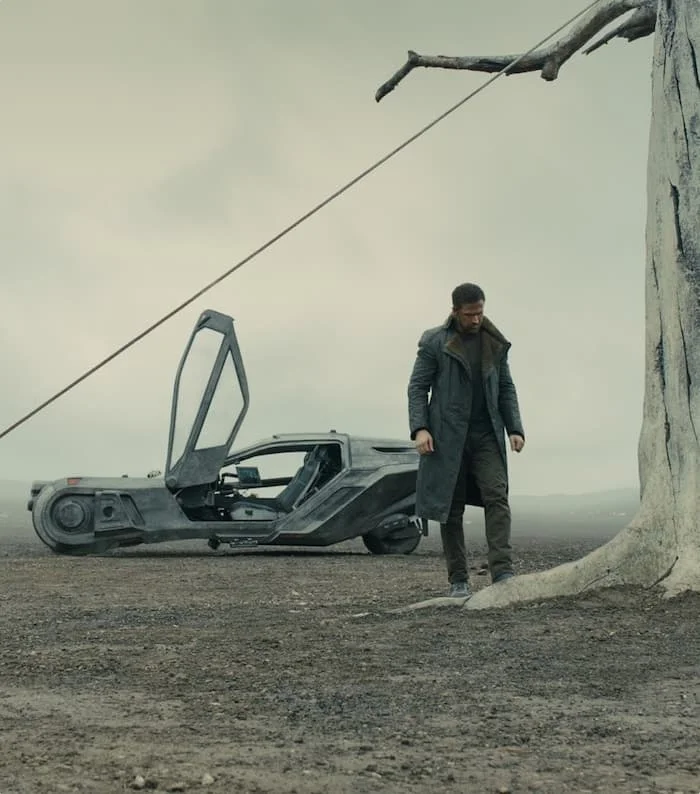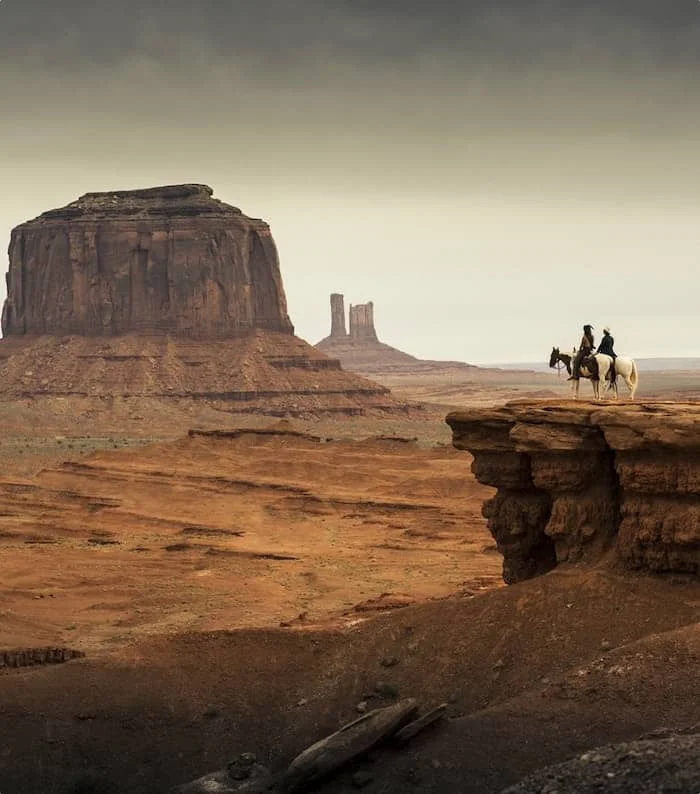Even if you’ve seen only one movie in your entire life, it’s likely that you’ve seen a number of long shots and extreme long shots.
Filmmakers typically use these two shots to open or close a movie, or to invite audiences into a completely different world altogether. With that in mind, we’re going to help you prep and plan establishing shots for your next project. First, let’s break down the basics.
Types of Long Shots
Long Shots and Extreme Long Shots
Before you consider why or how you might use an extreme long shot, you need to be super clear about what this shot looks like when compared to the long shot. Although both shots function in very similar ways, knowing which one to use and when will enhance the meaning and nuances of your story.
LONG SHOT DEFINITION
What is a Long Shot?
A long shot is a camera shot that shows the entire subject from head to toe and places that subject in relation to their surroundings. The long shot is also called a “wide shot” or “full shot” and it’s used to show the relationship between characters and their environment.
Why is a long shot used? Since long shots incorporate so much background in a scene, they're commonly used to establish setting, mood, and characters' relationship to their physical space.
Director David Fincher’s use of the wide shot in the final scene of Fight Club, for instance, establishes a new relationship between the Narrator (Edward Norton) and Marla (Helena Bonham Carter) as the movie reaches its climax.
Juxtaposing these characters' new relationship with the world that crumbles around them adds power to the scene.
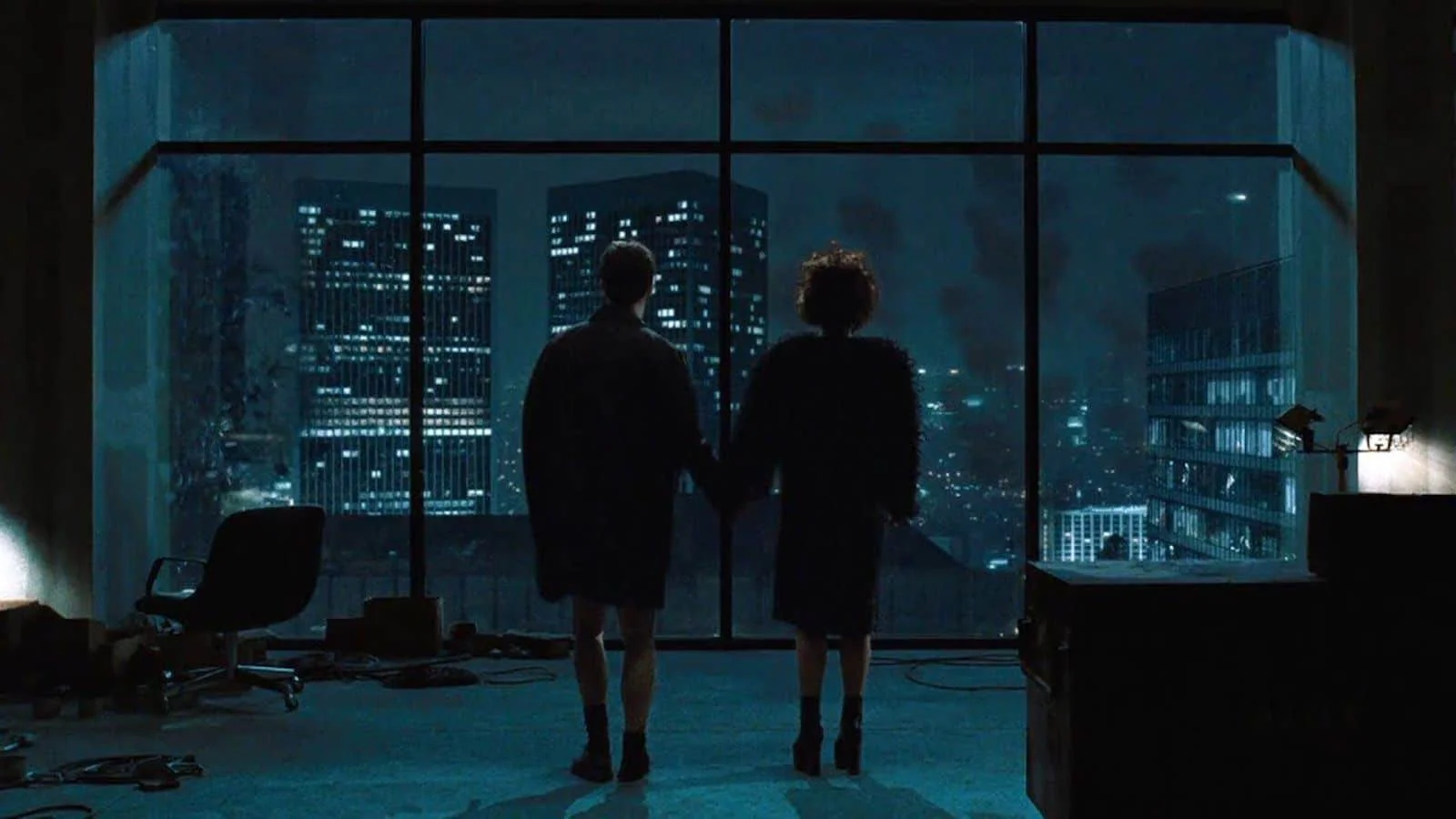
Wide shot in the final scene of Fight Club
The video below breaks down what a true wide shot is, offering examples of how extreme long shots are used in movies to setup a scene and even, occasionally, for comedic purposes.
What does an extreme long shot look like?
Extreme Long Shot Definition
What is an Extreme Long Shot?
An extreme long shot (abbreviated as ELS) is a long shot that covers a wider area. It is also known as an extreme wide shot (EWS). The shot frames the subject from a distance and focuses on its surroundings. Remember: In a long shot, the character is usually still noticeable in the frame. But in an ELS, it’s not always necessary to see the character. The ELS or EWS functions best as an establishing shot, as more of the location is in the frame.
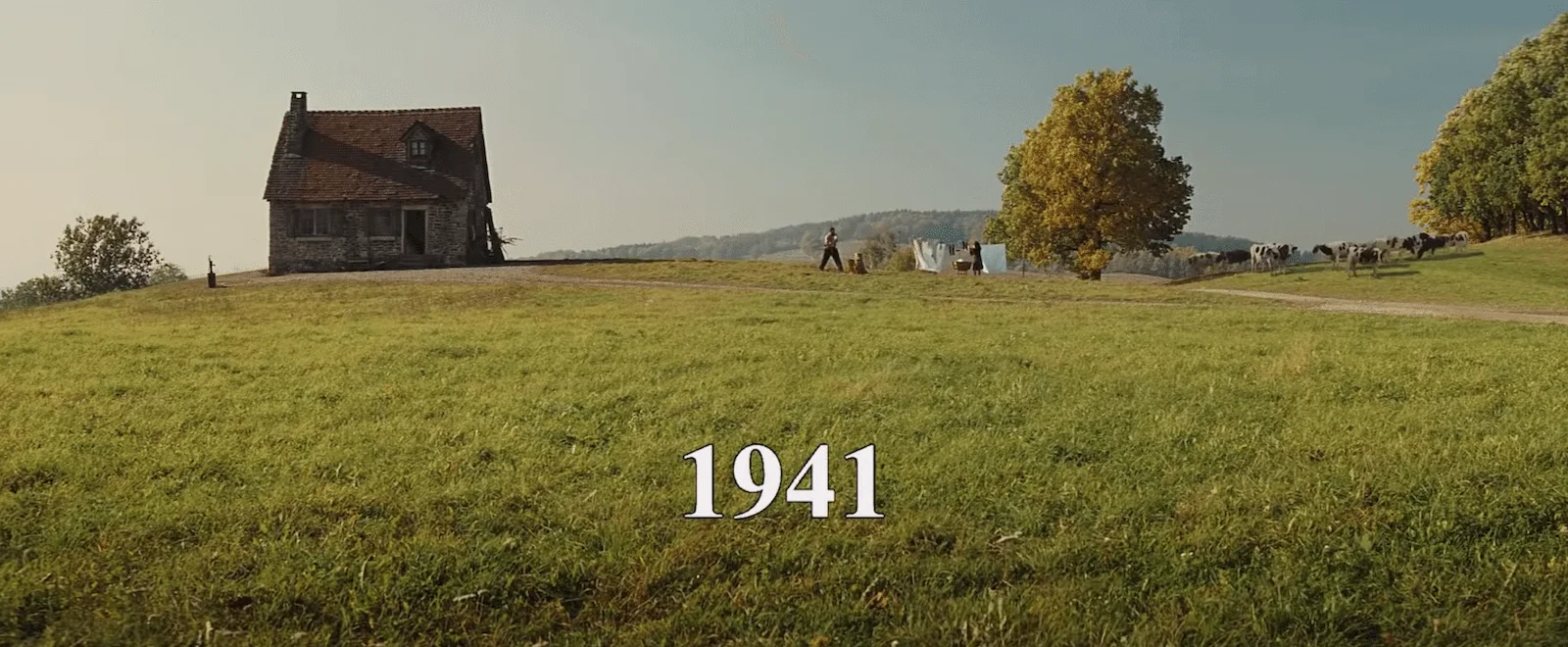
Tarantino loves extreme wide shots
Extreme long shot film example: Inglourious Basterds Opening Scene
Director George Miller's Mad Max: Fury Road features some stunning visuals throughout its epic car chase—many of which are framed with extreme wide shots. What made these shots possible, however, wasn’t a script: The movie action was planned out solely on storyboards.
We threw a scene into StudioBinder's shot list and storyboarding software to show you how you might take Miller's approach. Notice the extreme wide shot in the first frame.
See how the extreme wide shot is worked into the full shot list
If you’ve seen Mad Max: Fury Road, you know that the film has a ton of extreme wide shots. Each shot clearly conveys the sense of danger that pervades the landscape of the film, and that's what allows audiences to experience the vastness of the Namibian desert.
Ultimately, extreme wide shots are what place audiences smack in the middle of your film's world. We quite literally wouldn't know where we'd be without them.
Related Posts
Camera Shots
Get Inspired. Explore More Shots.
Master every shot size, and learn how to combine them with angles and movements to take your filmmaking to the next level.
Close Up Shots
Medium Shots
Wide Shots
Up Next
Defining the Establishing Shot
An establishing shot is what provides audiences with the context of your story through location, time, place, mood, and usually, character. Next, we'll look at some examples of creative establishing shots in movies you love, and walk through what to consider before shooting yours.
Up Next: What's an Establishing Shot? →
Showcase your vision with elegant shot lists and storyboards.
Create robust and customizable shot lists. Upload images to make storyboards and slideshows.
